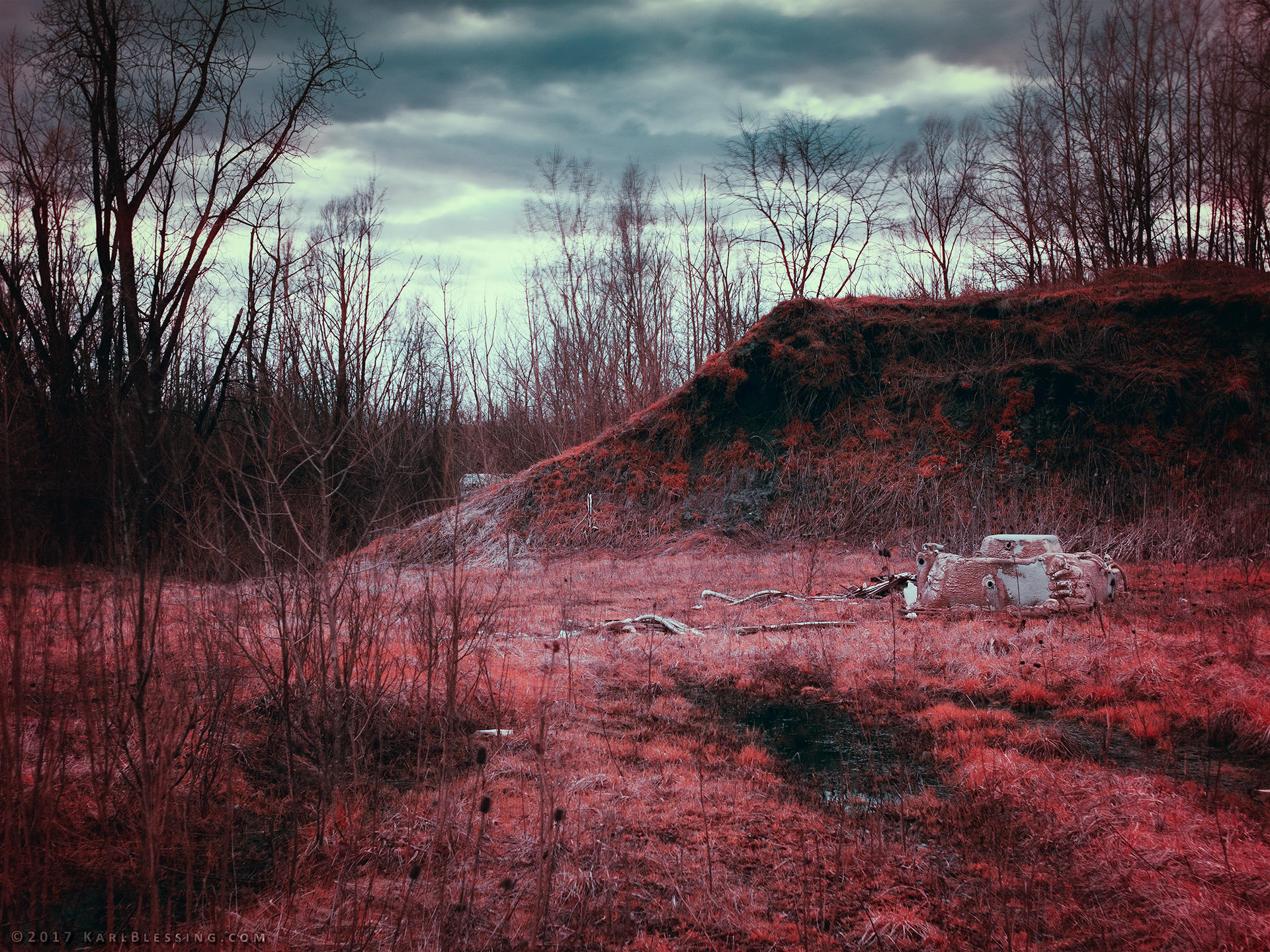I originally discovered some of the vintage plastics such as in my 1964 Pilot super 250 were transparent or highly translucent under infrared light (especially once you cut out all the visible light such as going above 800nm).
This is my Montblanc 14, under 1,000nm infrared (absolutely no visible wavelength at all), the section has some mild translucency but not nearly as clear as the rest of the pen.
The 14 is currently inked with Montblanc Irish Green.
Under normal visible light
And then there's my Montblanc 225 where even the section is very transparent.
So I'm curious what was different with the plastic back then that allows for so much infrared wavelength to pass thru, as most of the black plastic now days doesn't seem to allow much to pass, or if it does it's very little (like with my Sailor 1911L, still close to opaque but you can make out the outline of the content within).









 Reply With Quote
Reply With Quote









Bookmarks